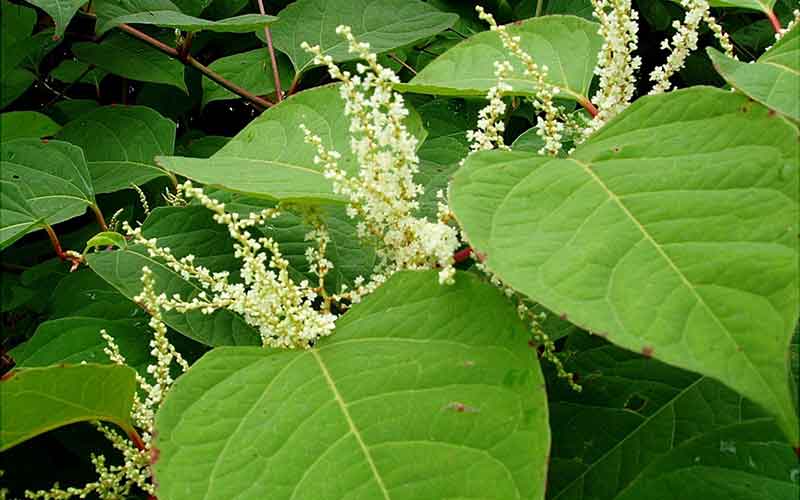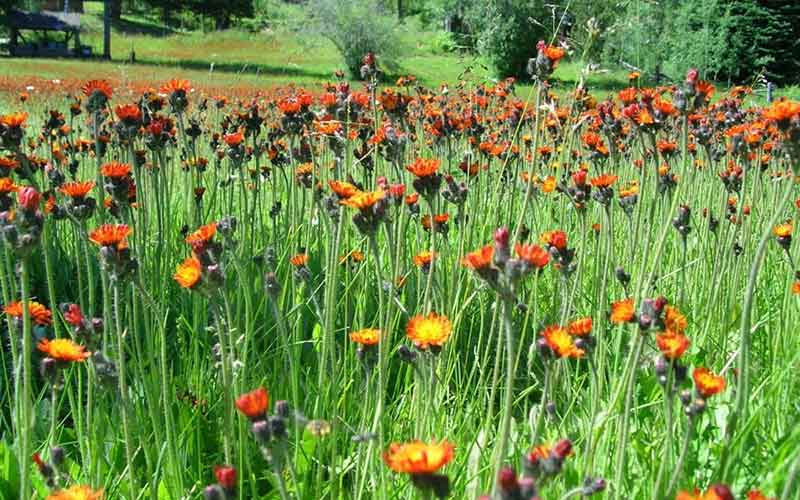Invasive Species
Invasive plants are non-native species that have been introduced into our environment, where they grow quickly and spread rapidly, overwhelming and displacing native plants, and damaging property. As a result of these plants being non-native, they have no natural enemies to keep them in check.
In our community, knotweed and other invasive plants are taking over our natural environment and destroying animal habitats. Some of these plants can also be harmful to people.
The Village of Anmore works with the Invasive Species Council of Metro Vancouver to complete an Invasive Plant Management Report each year to review how invasive plants are controlled and monitored in Anmore. They also work to remove invasive plants on municipal property.
It’s also important for homeowners to take steps to minimize the impact of invasive plants in our community but it’s essential that the removal be done correctly.
Commonly Found Invasive Plant Species
Here are some invasive plants commonly found in the region that should be removed before they spread:




Tips for Selecting Qualified Contractors
There are multiple treatment methods available to deal with invasive plants. A good contractor will be aware of options and make recommendations. No matter what method or contractor is used, dealing with invasive plants requires persistence. Many invasive plant infestations, especially knotweed, will require a few rounds of treatments, possibly over many years, before it is eradicated.
The Invasive Species Council of Metro Vancouver (ISCMV) suggests that you consider the following questions to help evaluate companies to manage invasive plants on your property.
For more tips and resources from ISCMV, visit iscmv.ca, email info@iscmv.ca or call 604-880-8358.
ISCMV information brochures are also available at the Village Hall.



